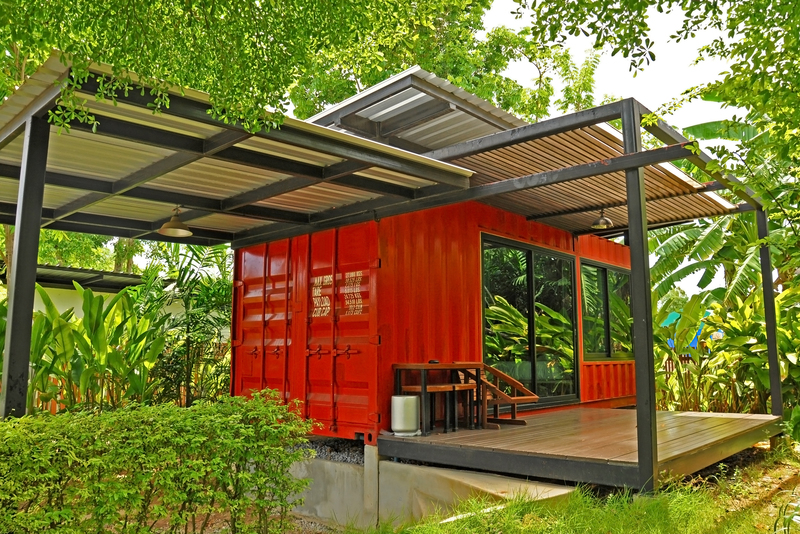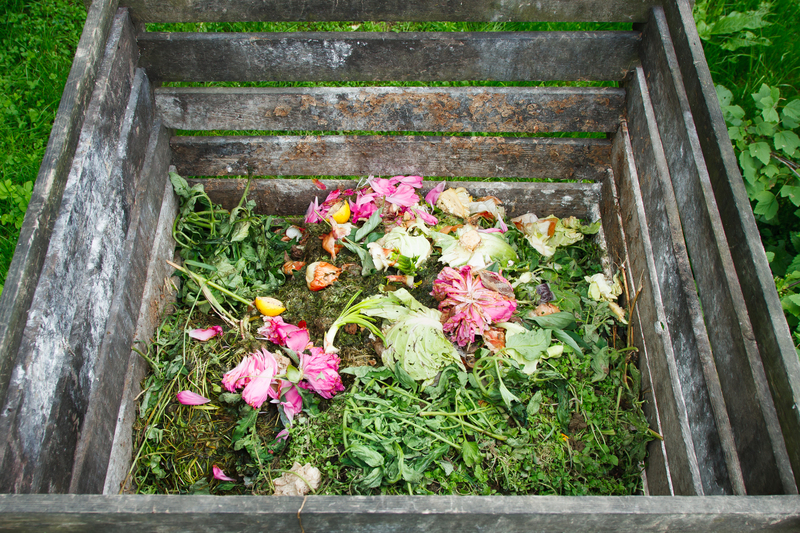Where and How to Recycle Old Cookware Responsibly
Recycling old cookware responsibly has never been more important. As sustainability becomes a global priority, knowing where and how to recycle pots, pans, and other kitchen items is crucial for reducing landfill waste and supporting our environment. This comprehensive guide will walk you through the best practices for disposing of, donating, and recycling your old cookware without harming the planet.
Why Is It Important to Recycle Old Cookware Responsibly?
Each year, millions of pieces of cookware end up in landfills, where materials like metal, plastic, and non-stick coatings can leach toxic chemicals into the soil and water. Recycling cookware can recover valuable resources and significantly decrease your carbon footprint. Additionally, giving old kitchenware a second life through donation or upcycling can benefit those in need and further minimize environmental impact.
Environmental Impact of Disposing Cookware Incorrectly
- Non-biodegradable Materials: Most cookware is made from metal, ceramic, or plastic, which don't break down easily.
- Toxic Waste: Coatings like Teflon or enamel can release toxins if burned or left in landfills.
- Resource Waste: Metals such as aluminum and stainless steel are finite resources that can and should be reused.

Types of Cookware That Can Be Recycled
Not all cookware is made equal, but many pieces can be recycled if you know the proper methods. Here's a breakdown of common cookware materials and their recyclability:
- Stainless Steel Pots & Pans: Highly recyclable due to the high metal content.
- Cast Iron Skillets: Extremely durable and 100% recyclable.
- Aluminum Cookware: Also widely accepted by recycling centers, but may require removal of handles or non-metal parts.
- Copper: Can often be sold to scrap metal facilities.
- Non-stick (Teflon-coated) Items: More challenging to recycle due to coatings but sometimes accepted with proper preparation.
- Ceramic & Glass Bakeware: Rarely accepted by standard recycling but can be reused or donated.
Where Can You Recycle Old Cookware?
Finding the right place for responsible cookware recycling depends on the item's material and your local facilities. Here are your main options:
1. Local Scrap Metal Recycling Centers
Most metal cookware recycling happens at industrial or municipal scrap metal yards. They accept stainless steel, aluminum, cast iron, and copper cookware, often regardless of rust or minor damage.
- Tip: Remove any plastic handles, glass lids, or non-metal parts to maximize acceptance.
- Find a Center: Search "scrap metal recycling near me" or use websites like Earth911 to locate nearby drop-off points.
2. Household Recycling Programs
Some curbside recycling programs accept metal cookware, particularly if they process scrap metal. Always check with your city's waste management office to confirm.
- Preparation: Make sure your cookware is clean and free from food residue.
- Restrictions: Non-stick pans and items with mixed materials may not be accepted.
3. Manufacturer Take-Back Programs
Some cookware brands encourage eco-friendly disposal:
- Calphalon's ReNew Program: Accepts old cookware from any brand for responsible recycling.
- Other Brands: Reach out to customer service to ask about recycling or trade-in programs.
4. Retail Drop-Off Locations
Retailers like Best Buy, Home Depot, or Sur La Table occasionally offer take-back events or bins for metal kitchen items. Check your local store or event calendar for details.
5. Community Hazardous Waste Collections
Certain items with non-stick coatings or advanced technology (like induction pans) might qualify for hazardous or electronic waste days. Contact your municipality's recycling office for upcoming collection events.
How to Prepare Cookware for Recycling
Proper preparation ensures your items are accepted and recycled efficiently. Here's what you should do:
- Clean Thoroughly: Remove all food residue, grease, and oils.
- Disassemble: Detach handles, plastic, or rubber parts where possible.
- Remove Non-stick Coatings: If practical (for some metal recycling), sand off coatings or consult the recycling center for requirements.
- Bundle Materials: If recycling multiple pieces, bind items of the same material together.
Alternatives to Recycling: Donating and Upcycling Old Cookware
Not all used pots and pans are ready for the recycling bin. Many have plenty of life left for someone else. Responsible cookware disposal can mean upcycling or donation, too!
Where to Donate Old Pots and Pans
- Thrift Stores: Goodwill, Salvation Army, and other thrift outlets often accept gently used cookware.
- Homeless Shelters & Charities: Many local shelters or kitchens appreciate sturdy kitchen tools.
- Online Platforms: OfferUp, Craigslist, or Facebook Marketplace are great for giving away or selling functional cookware locally.
Creative Upcycling Projects
- Garden Planters: Drill drainage holes and repurpose deep pots for herbs or flowers.
- Bird Baths or Feeders: Large lids or shallow pans make unique, rustic feeding stations.
- DIY Craft Projects: Paint or decorate old pans for wall art or organizational trays.
Special Considerations: Recycling Non-Stick, Ceramic, and Glass Cookware
Non-Stick (Teflon or PTFE) Cookware
Non-stick coatings add complexity to the recycling process due to chemical content. If the pan is at the end of its life, contact your scrap yard or specialty recycling center for guidance. Do not incinerate or throw non-stick cookware in regular trash if avoidable.
Ceramic and Glass Bakeware
Most municipal recycling systems do not accept ceramics or tempered glass because their properties differ from regular glass and can damage recycling machinery. Instead, consider reusing, repurposing, or donating these items.
Common Questions About Cookware Recycling
Can I Put Old Cookware in the Bin?
Normally, metal cookware should not be placed in curbside recycling bins unless your local facility expressly accepts it. Oversized items or those with multiple materials can jam machinery.
Do All Recycling Centers Accept Cookware?
Not all facilities have the equipment to process kitchen metals, especially non-stick products or those with mixed materials. Always call ahead or check online before dropping off items.
How Can I Find a Cookware Recycling Location Near Me?
Several online tools can help:
- Earth911: Enter your item and zip code to find nearby recycling options.
- RecyclingCenters.org: Locates local centers for a range of materials.
- City/Municipality Websites: Often list accepted materials and drop-off locations.

Quick Reference: Steps to Recycle Old Cookware Responsibly
- Assess the material type and condition of your cookware.
- Clean and disassemble all items, removing non-metal parts.
- Research local recycling and donation options--call in advance if unsure.
- Consider donating usable pieces to local charities or shelters.
- Drop unused or irreparable cookware at approved metal recycling centers.
- Explore creative upcycling or second-life uses for specialty cookware.
Conclusion: Make Your Kitchen Greener
Recycling cookware responsibly is an easy and impactful way to contribute to a more sustainable world. By understanding where and how to recycle old pots, pans, and bakeware, you help preserve resources, keep toxic waste out of landfills, and maybe even inspire others in your community to make greener choices. Check local guidelines, get creative with reuse, and always prioritize the most eco-friendly option.
Your responsible choices in the kitchen today make a better world for tomorrow.